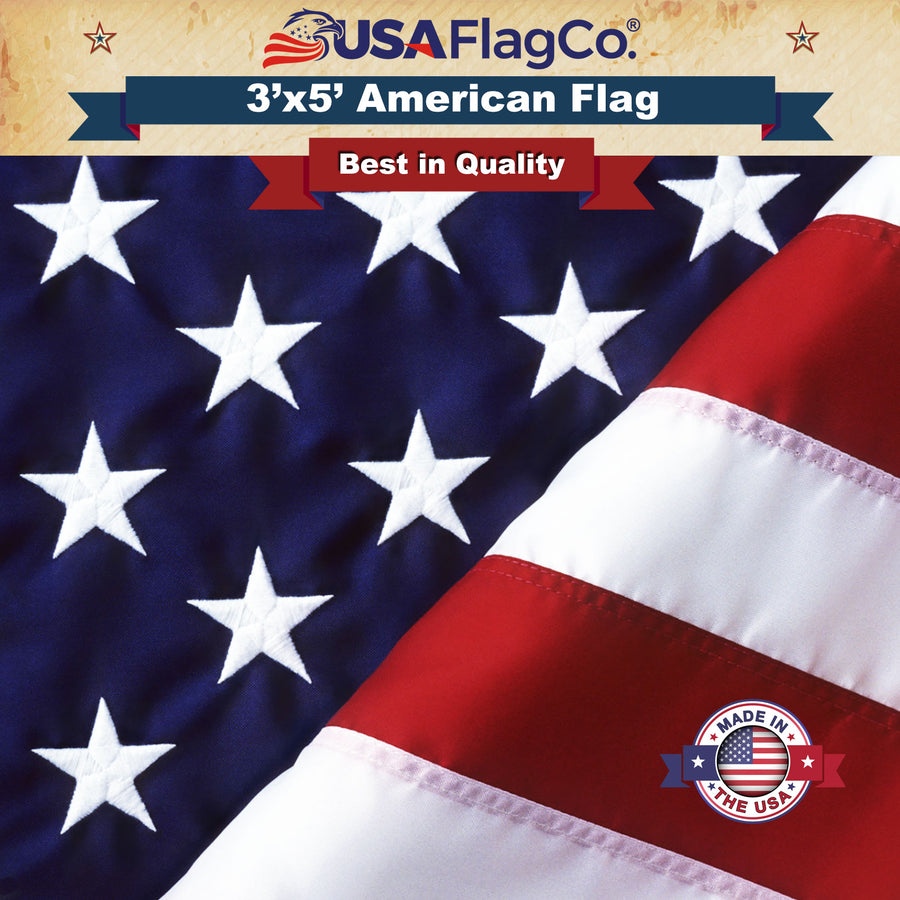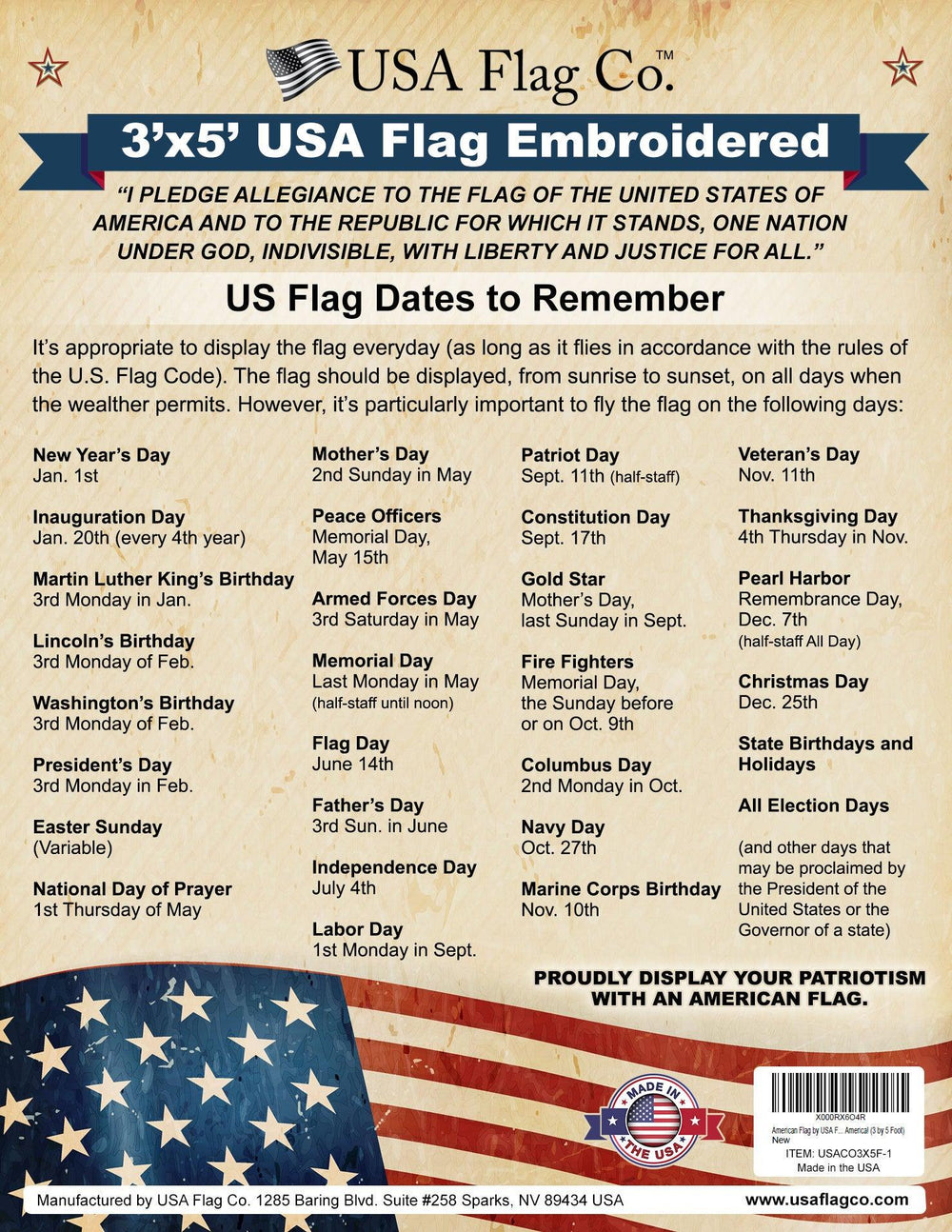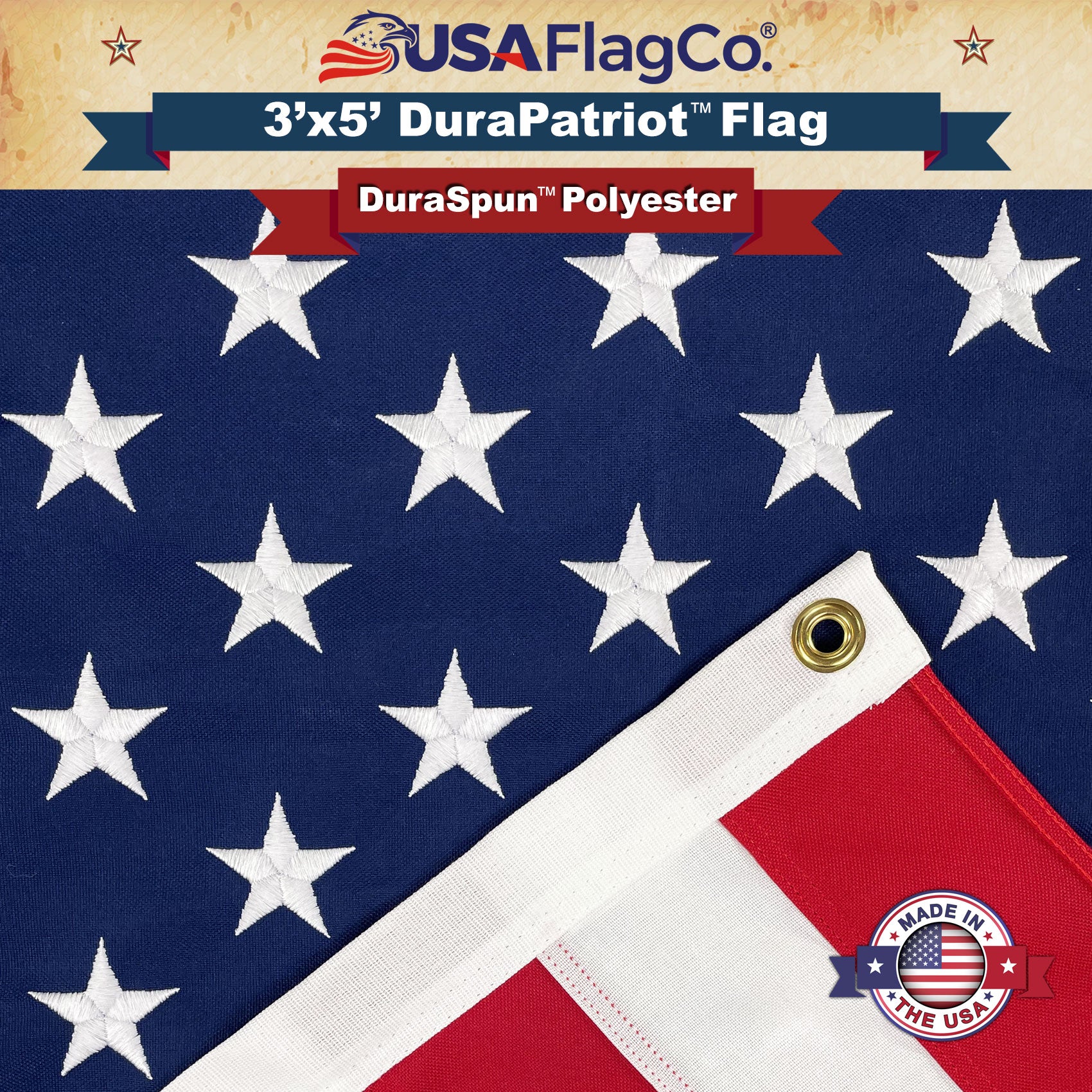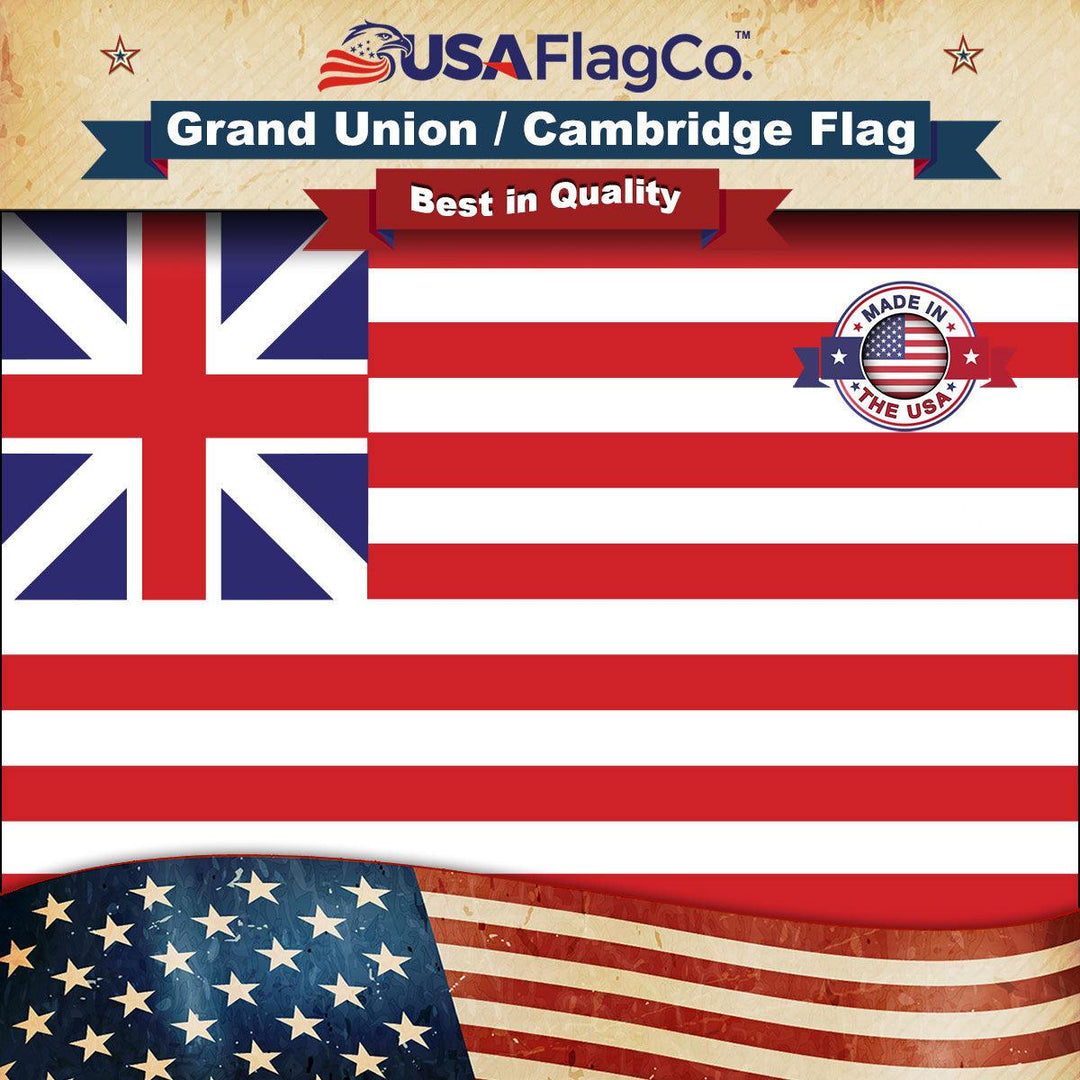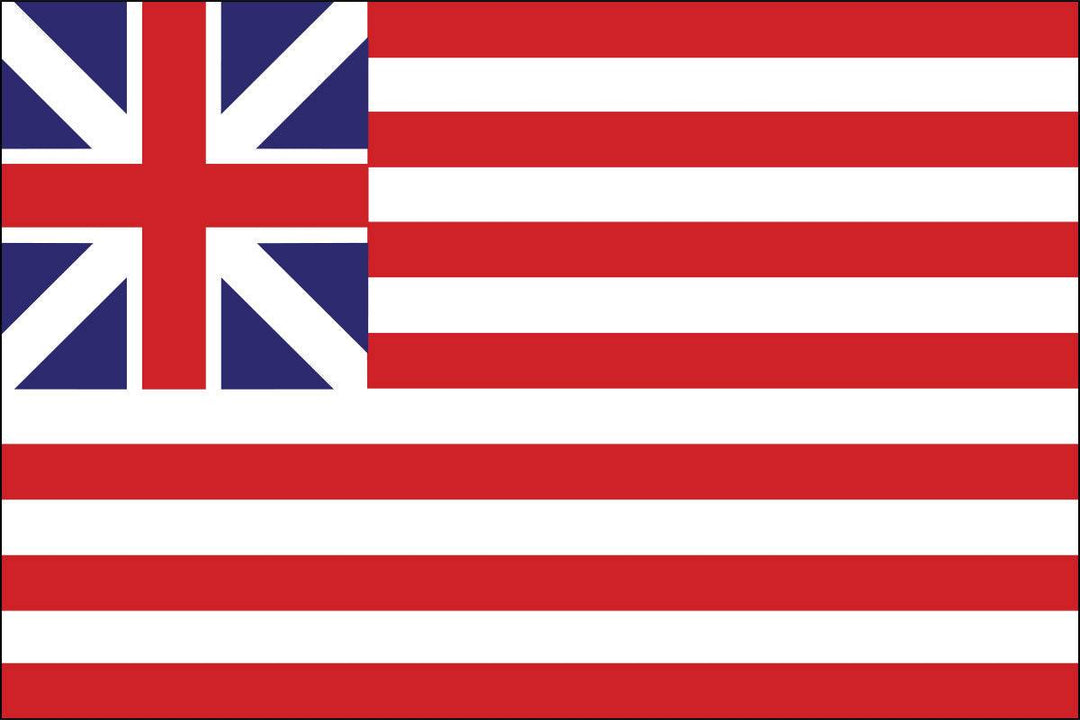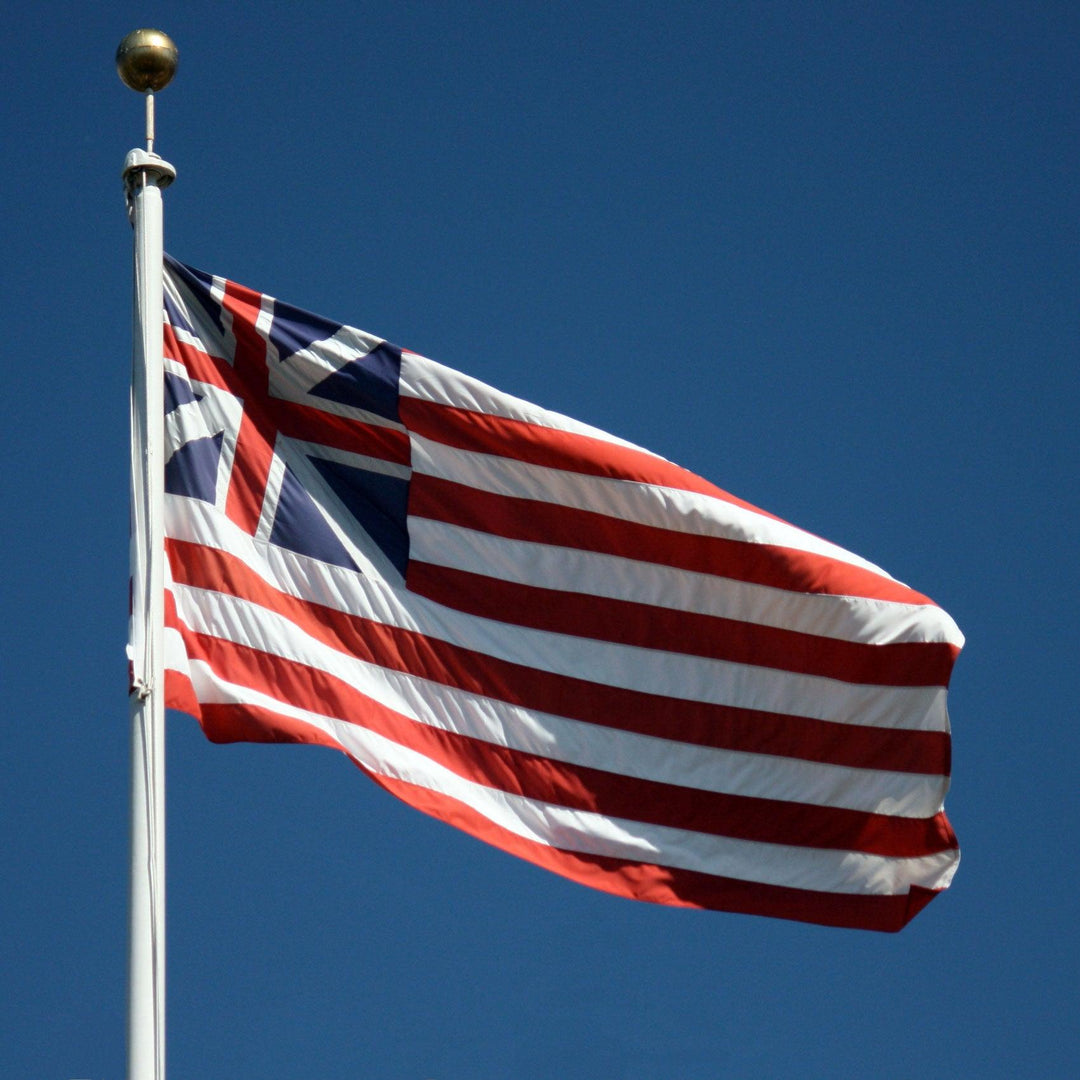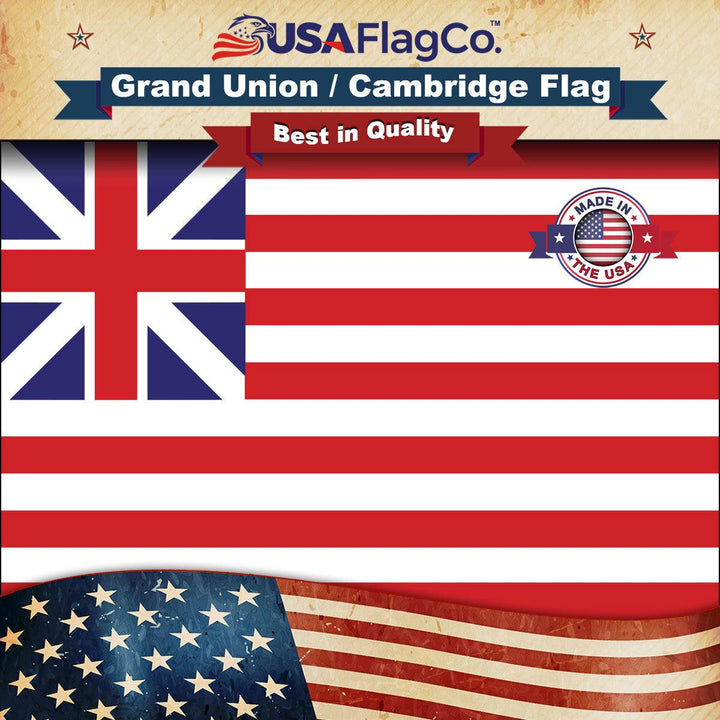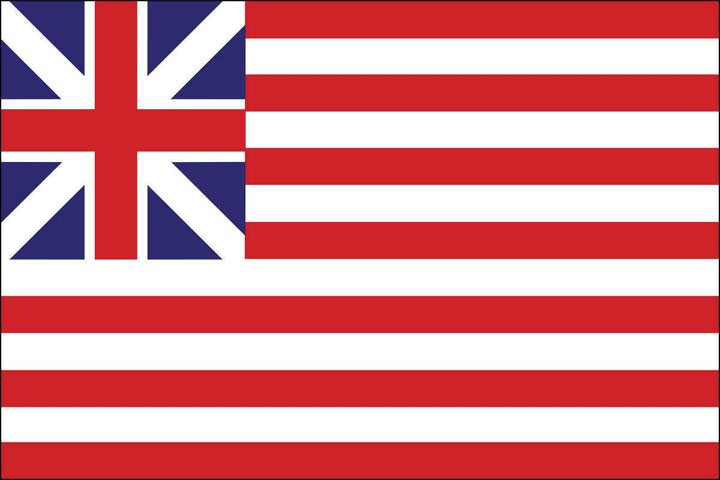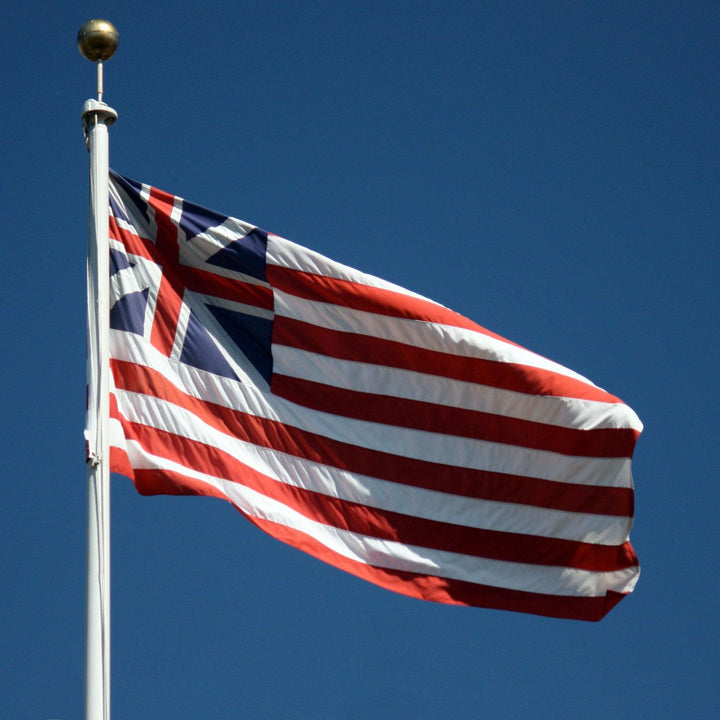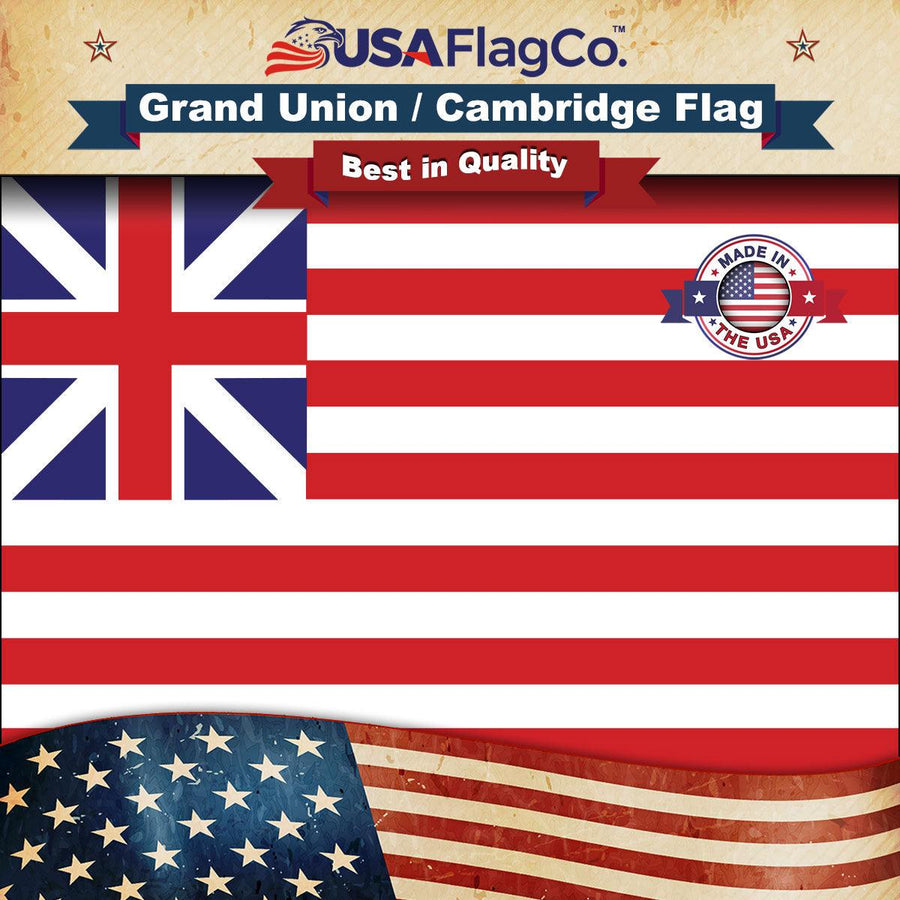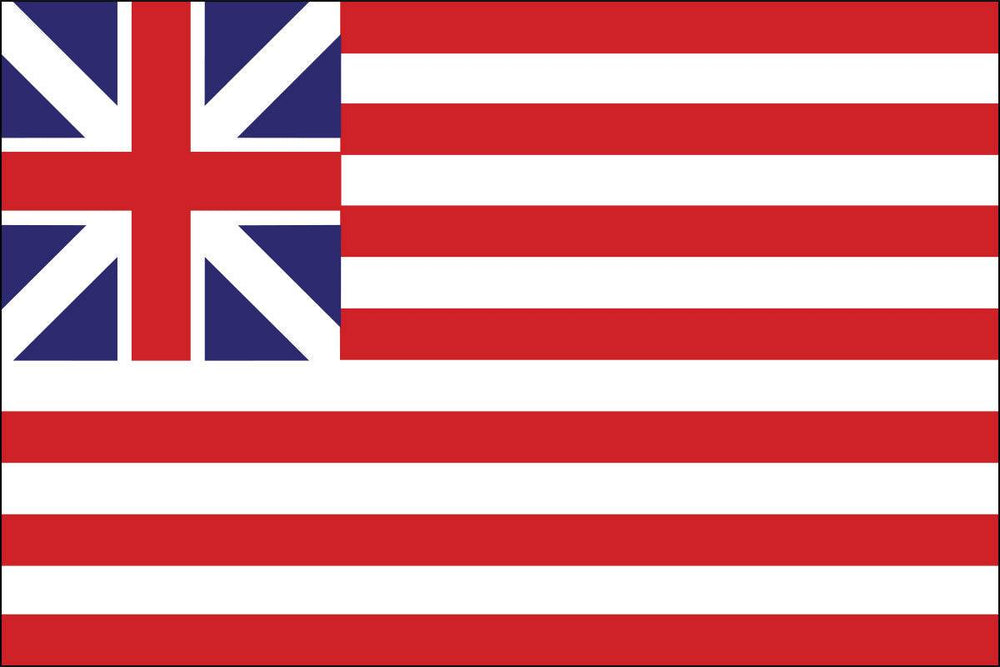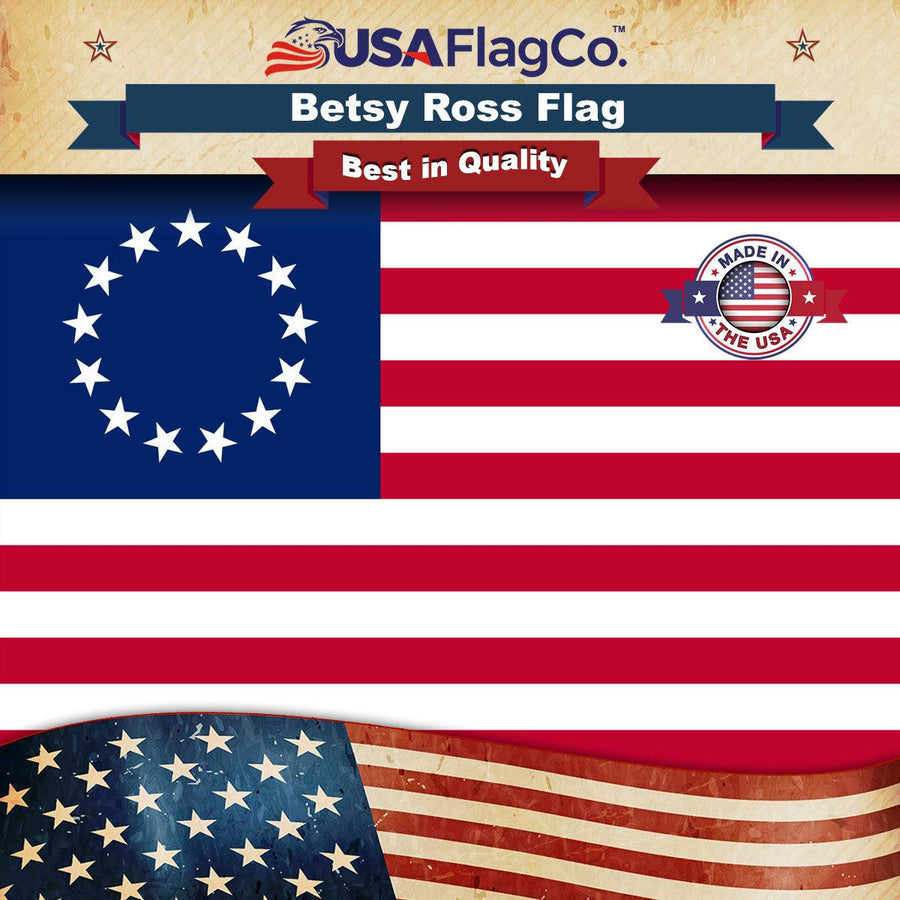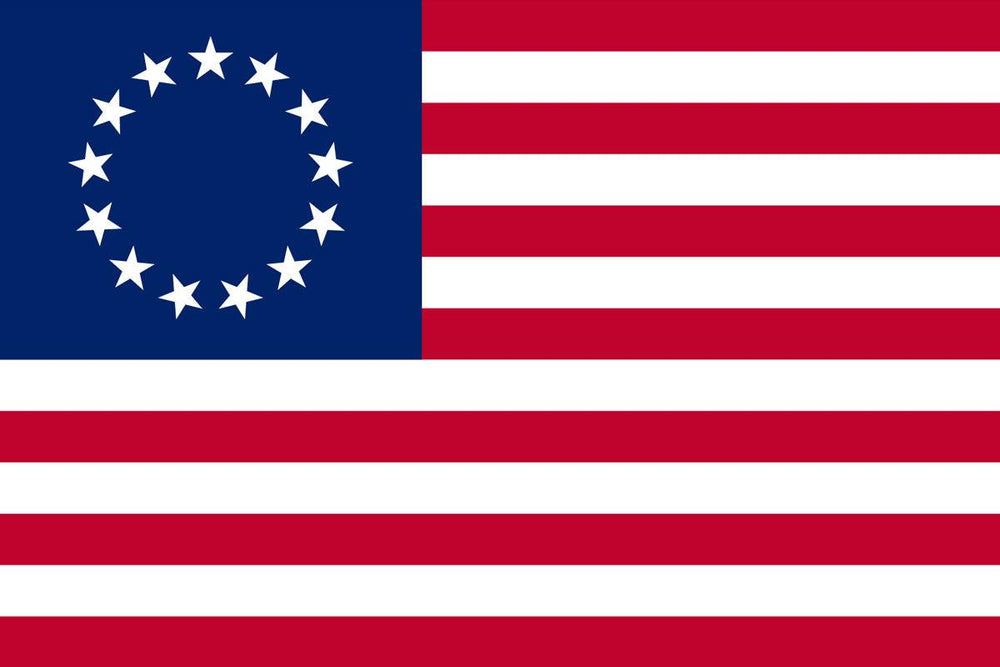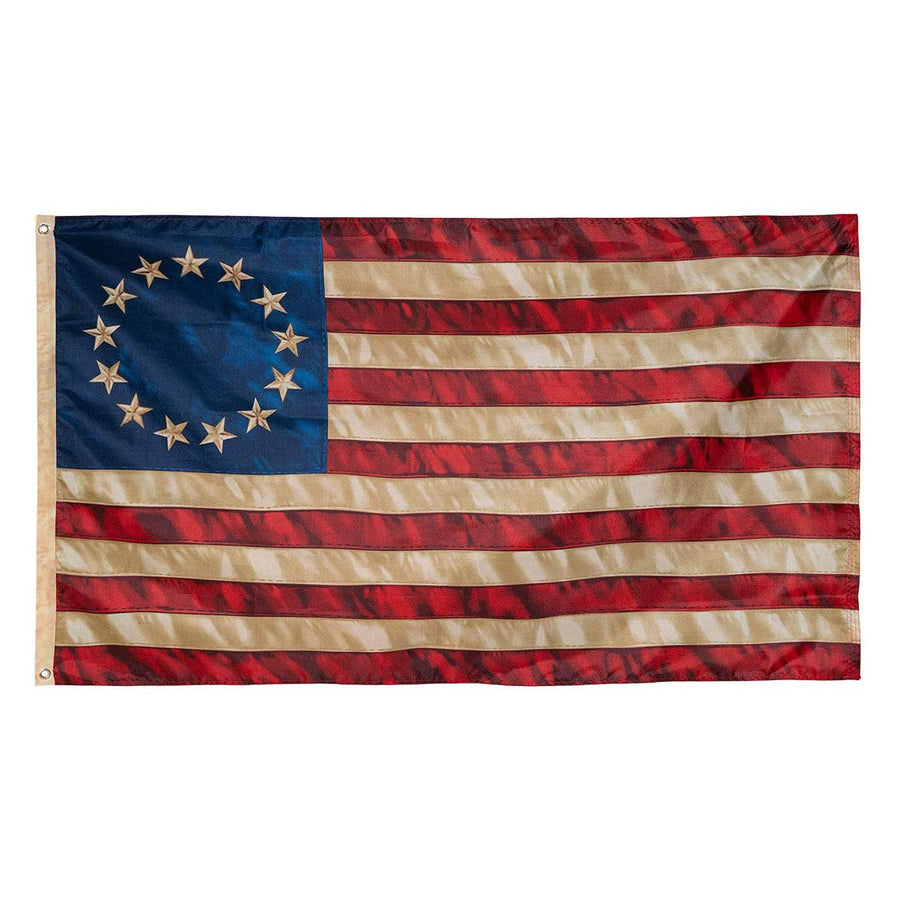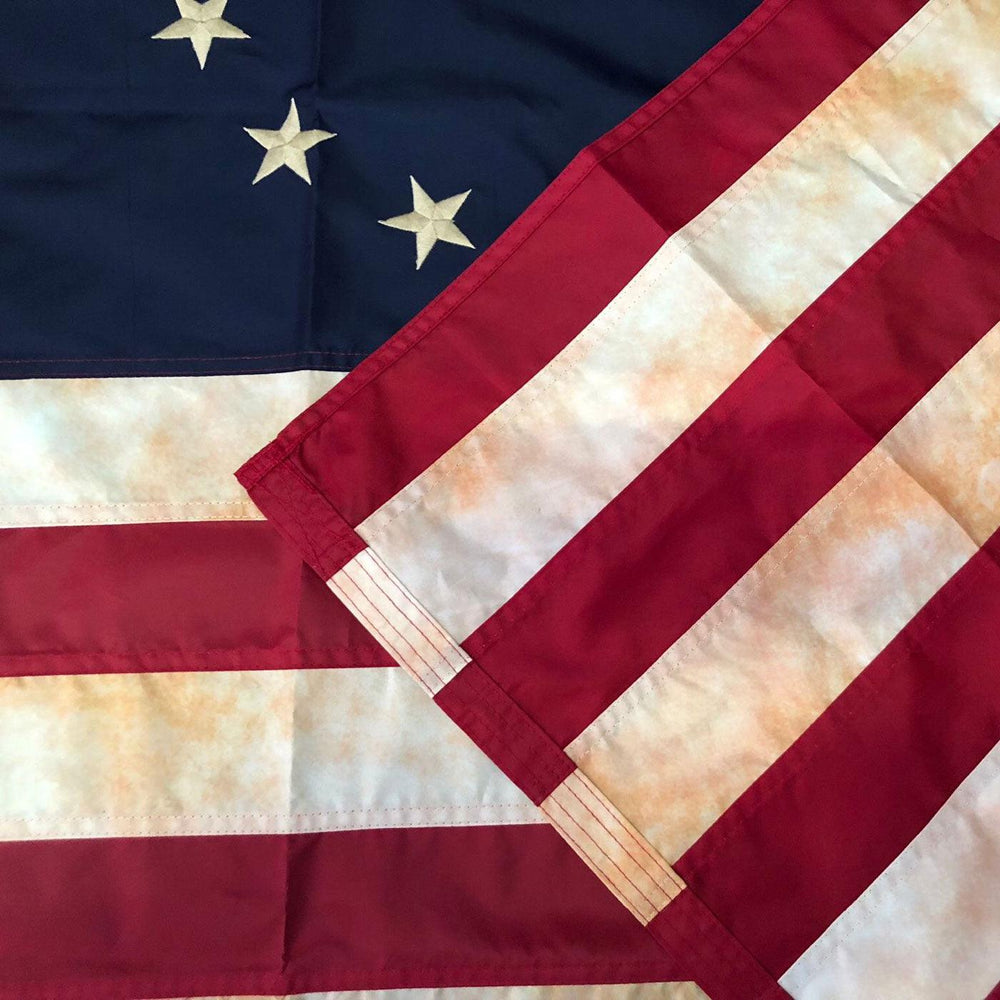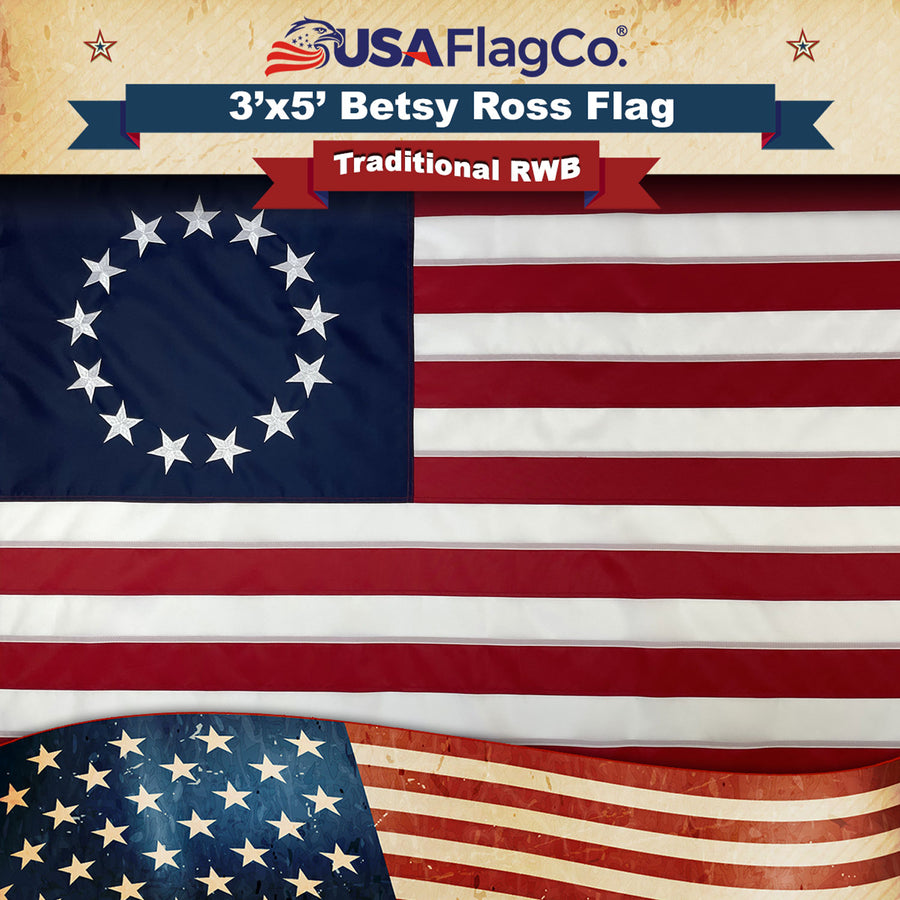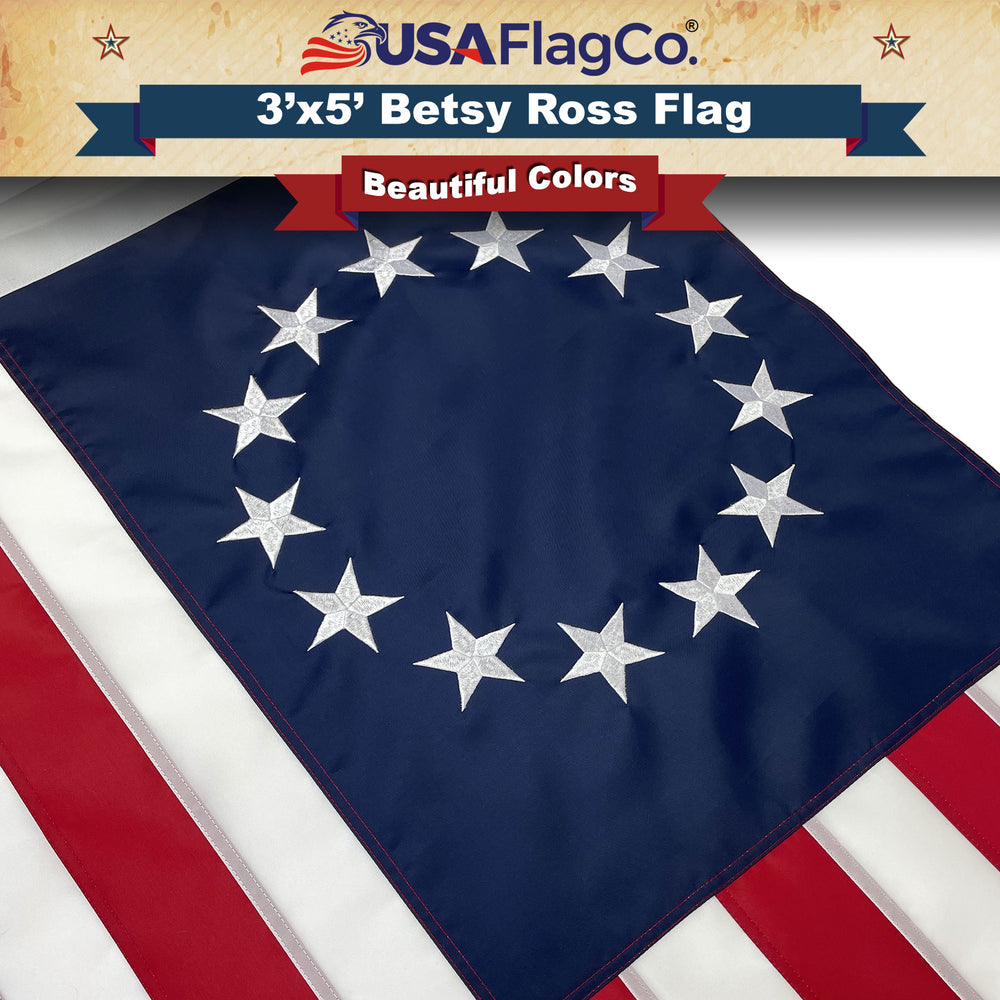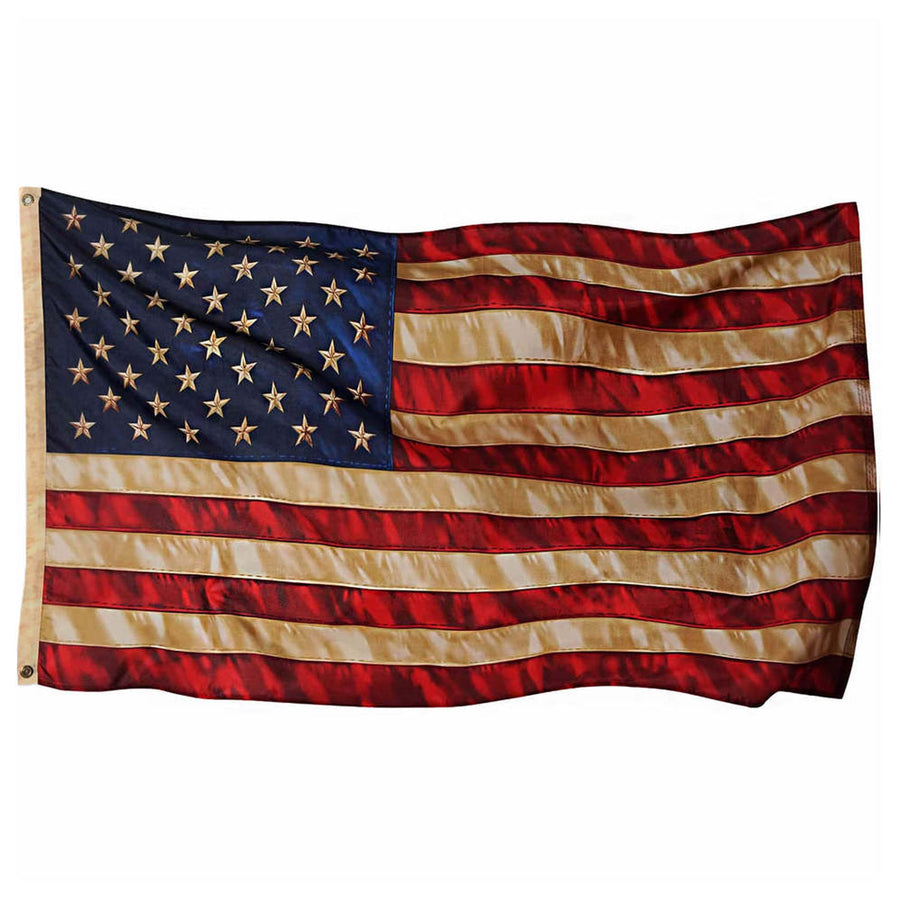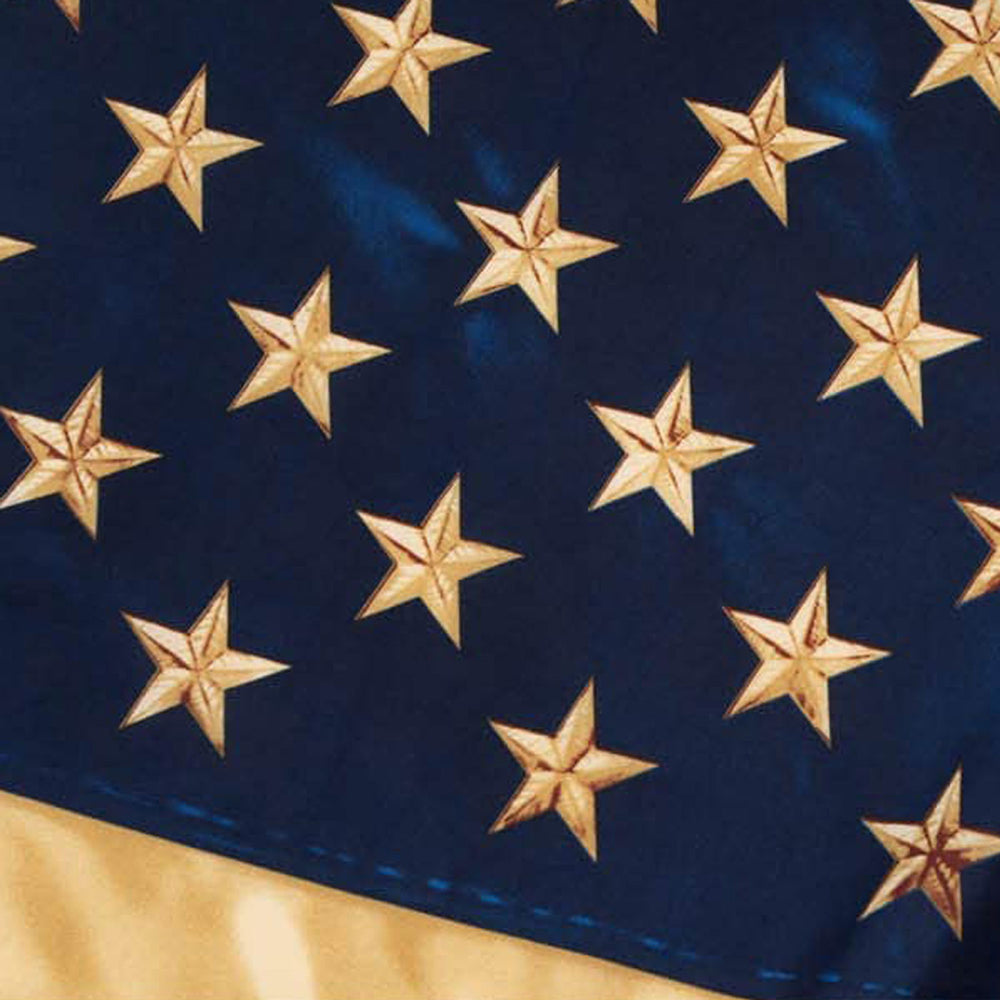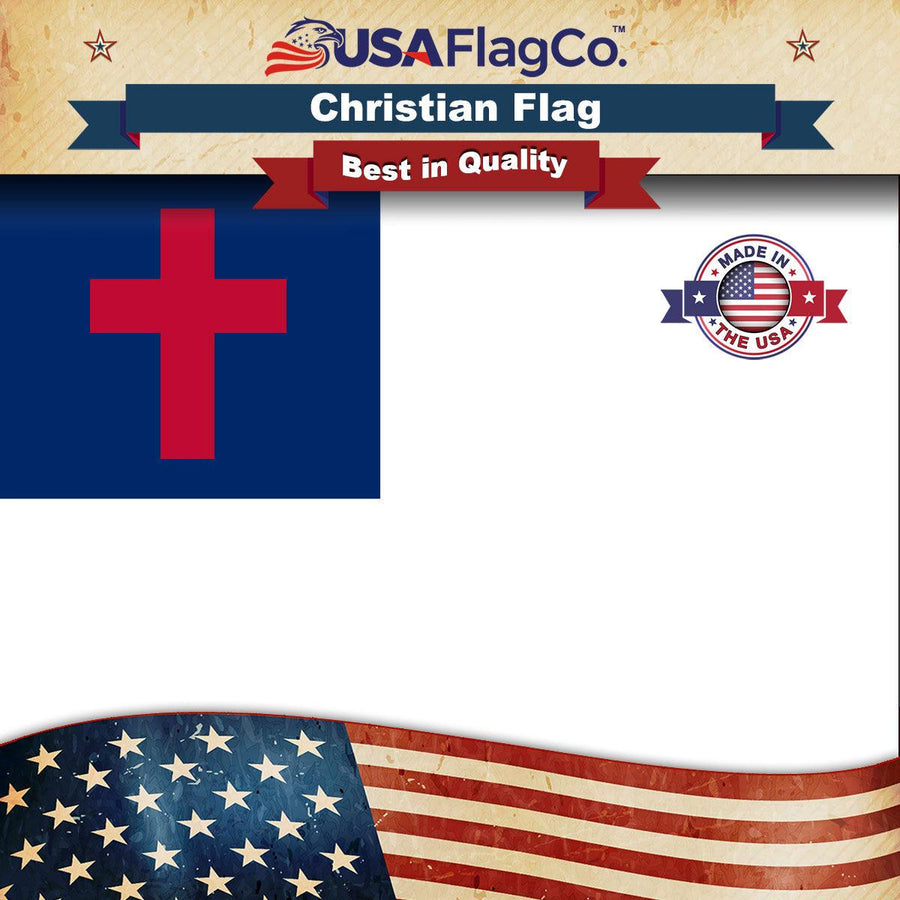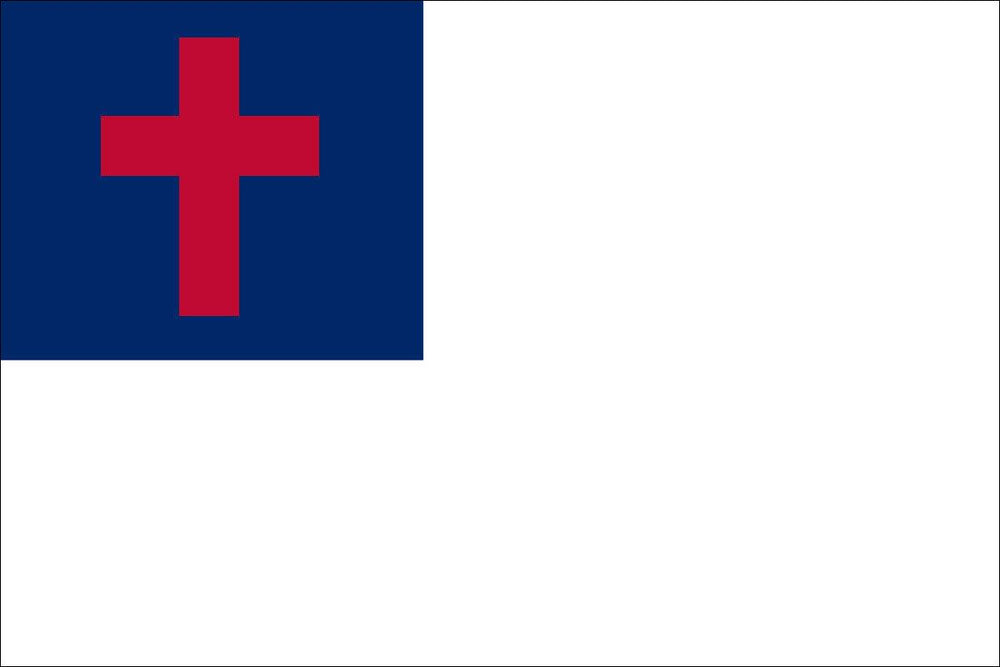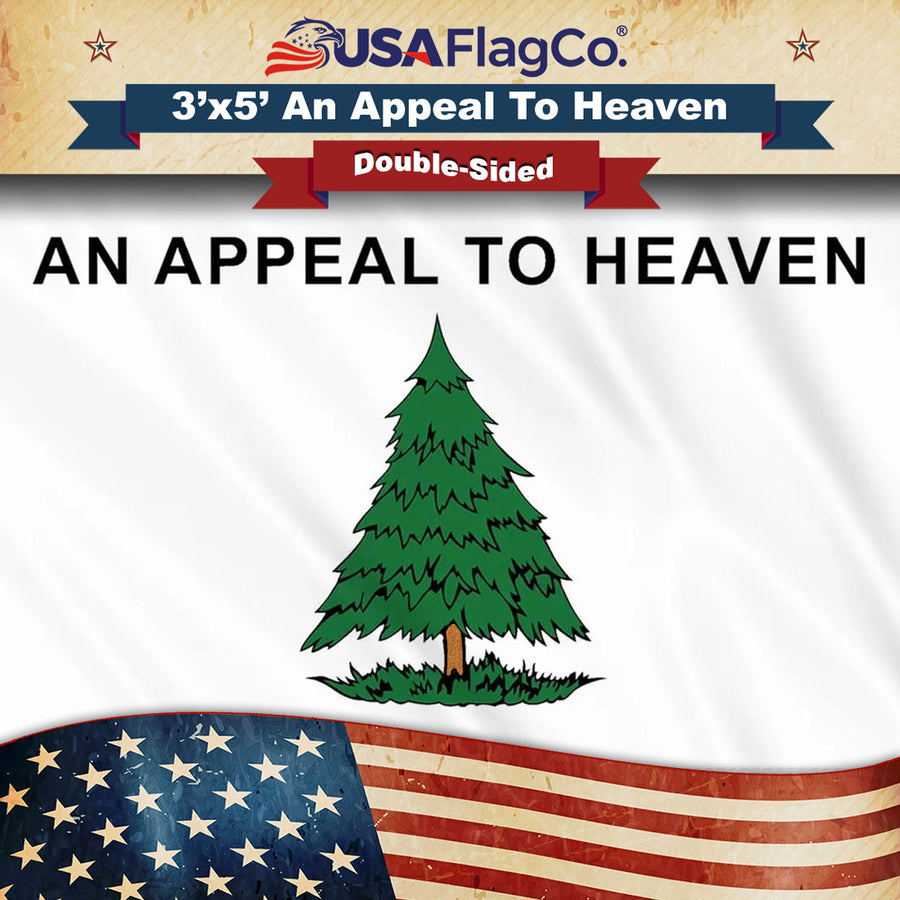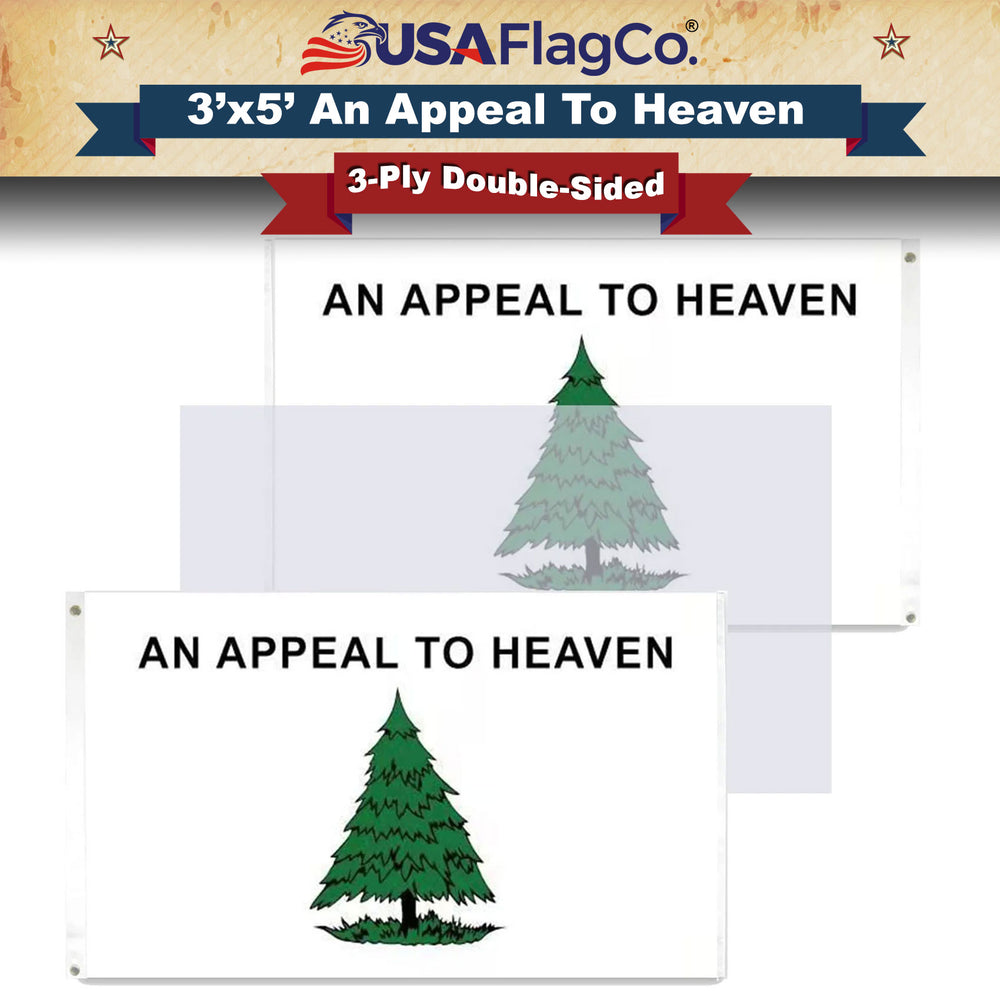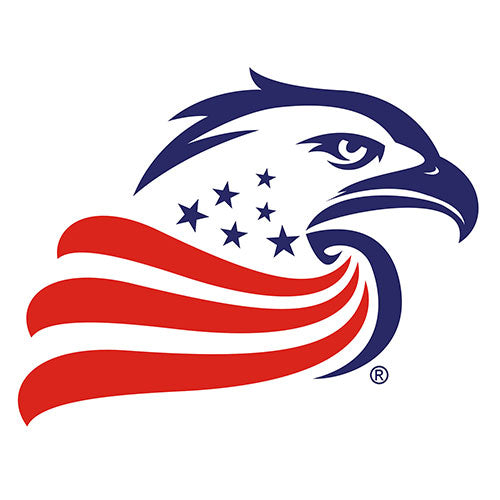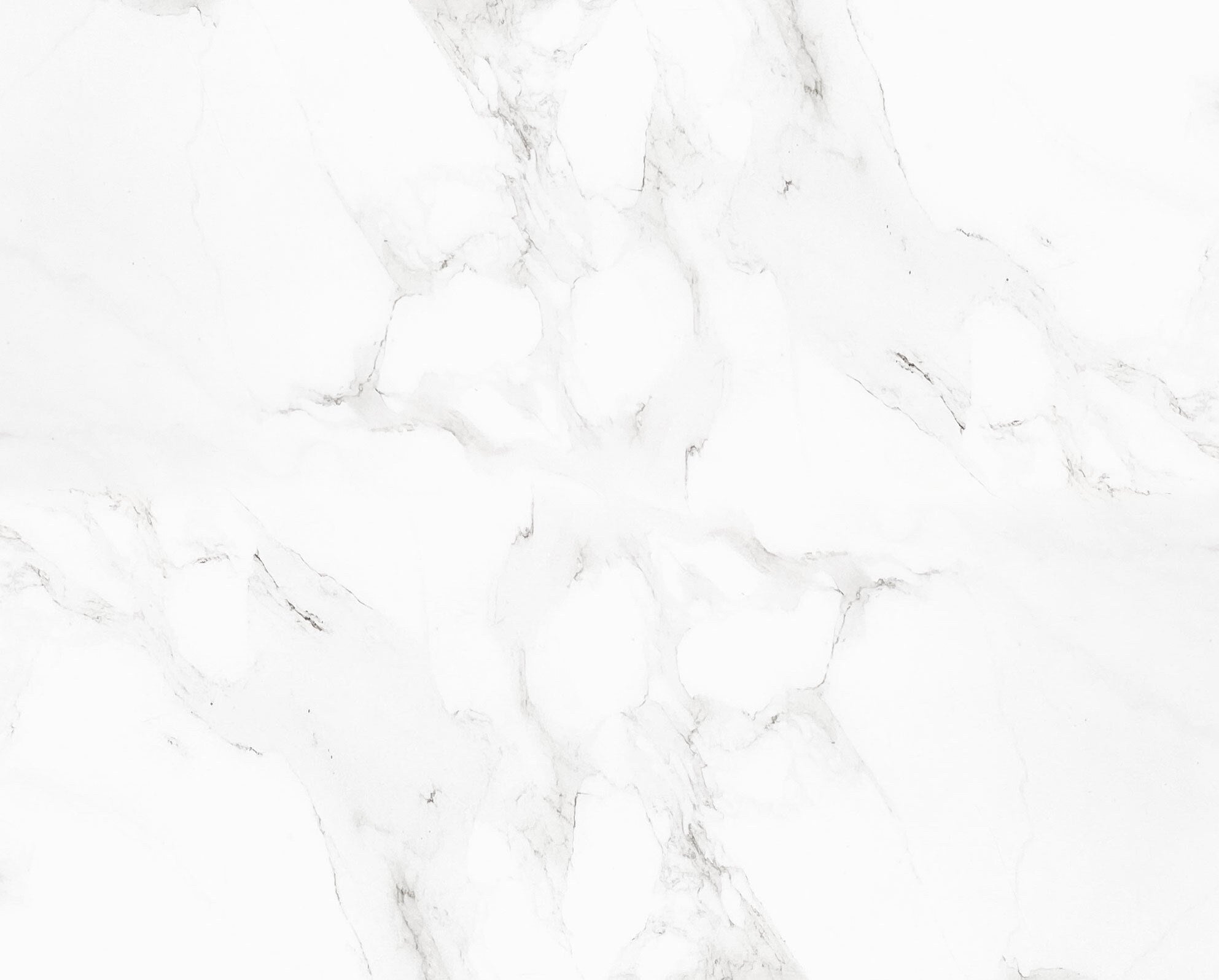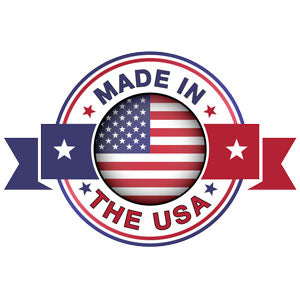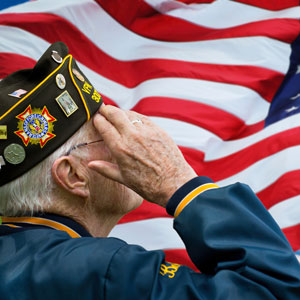Highlights
Cambridge Flag History
Flag Names: Grand Union Flag, Cambridge Flag, Continental Colors, Congress Flag, First Navy Ensign
Adopted: December 3, 1775
Relinquished: June 14, 1777
Cambridge Flag Design: Thirteen horizontal stripes alternating red and white; in the canton, the British Union Flag
The Cambridge Flag
The origin of the first flag, which was distinctively colonial, is clouded with uncertainty. A great deal has been published in newspapers, magazines, and books concerning the flag, but much of what has been said is indifferent and is tradition rather than history.
When Congress was in session in Philadelphia in September 1775, it was asked to consider many pressing questions raised by General Washington, who was then at army headquarters at Cambridge. The Continental Congress did not count itself competent to legislate wisely on army affairs without a clearer understanding of the wishes and opinions of the commander-in-chief. To reach an intelligent consideration of all matters pertaining to the army as speedily as possible, Congress, on the thirtieth of September, 1775, appointed a committee of three, of which Benjamin Franklin was chairman, with instructions to repair immediately to Cambridge and confer with Washington and representatives from several colonies touching the most effectual method of continuing, supporting, and regulating a Continental army. For reasons which have never been explained, this committee is alluded to by most writers on the subject as "a committee to design a flag," when according to all official records its appointment is no part of the history of the colonial banner which was first hoisted at Cambridge.
Writers on the American flag generally conceal the identity of two members of the committee by referring to them as simply "Mr. Harrison and Mr. Lynch." To the general reader, this is as meaningless as it is unjust to the memory of those distinguished patriots. Benjamin Harrison of Virginia was a Colossus in the cause of liberty. He was a member of the Continental Congress, a signer of the Declaration of Independence, the father of President William Henry Harrison, and the great-grandfather of our late President Benjamin Harrison. Thomas Lynch of South Carolina, was also a member of the Continental Congress, served as a member of the Colonial Congress in 1765, and was reputed as a man of large ability.
The making of a new flag was a matter of great concern. It meant a forward movement and marked the beginning of a new order of things in the army. To symbolize the union of thirteen colonies by the beautiful blending of thirteen stripes, red and white, was of striking significance. Yet the Journal of Congress does not mention the flag in connection with the appointment of this committee of conference. If these gentlemen had been authorized to make a flag to meet the new conditions under which a united colonial army was to fight for the rights and liberties of the American people, surely Congress would have suggested as much to the committee. The works of Franklin do not associate the flag with their official duties at Cambridge. Washington, always painstaking and methodical in noting on paper events that deeply concerned the colonists, omits in his numerous letters from the camp, any reference to the designing of a flag for the reorganized army.
A small book on the flag published a few years ago, says the flag committee arrived at Cambridge on the morning of the thirteenth of December, 1775. The author draws profusely upon his fancy when he says that immediately on the arrival of the committeemen they invited an unnamed person to join them in making a new flag and that during the following night the stranger submitted a design that met the approval of Washington and Franklin and was then and there "formally and unanimously" adopted by the committee. The proceedings of the American Congress, and the letters of Washington and Franklin tell us that the conference committee was not at Cambridge at any time during the month of December 1775. The members of the committee departed from Philadelphia on October fourth and reached Washington's camp on the fifteenth of the same month. They were in conference with the General on official business from the eighteenth to the twenty-second of October. The committeemen left the camp in time to reach Philadelphia early in November to submit their report to Congress, in which not a word was said about a new flag for the new army.
However, some patriotic and thoughtful minds, not known to historians of our time, had done some right thinking about a new flag for a reorganized army, and on the second day of January 1776, it was hoisted over the American camp at Cambridge. It was called the "Grand Union Flag," and in one striking particular it was rightly named. It consisted of thirteen stripes, red and white, with the crosses of St. George and St. Andrew in the canton, from which it will be seen that the flag was only half American. Colonel Joseph Reed of Philadelphia, was Washington's military secretary, and he was also secretary of the conference committee, and it is possible that the peculiar feature of the Union flag may have been suggested by him. It is not too much to presume, although the probable evidence of such a presumption is not sufficiently strong to satisfy some writers, that Washington may have been the inspiration of the stripes of red and white. However that may be, the design of the flag came within one step of being the Star Spangled Banner.
Those who fancy that Washington was not inclined to humor, will read with mingled surprise and pleasure, a quotation from a letter written by him to Colonel Reed, dated at Cambridge, January fourth, 1776, just after the hoisting of the new flag:
"We are at length favored with a sight of His Majesty's most gracious speech, breathing sentiments of tenderness for his deluded American subjects. A volume of them was sent out by the Boston gentry, and, farcical enough, we gave great joy to them (the red coats, I mean), without knowing or intending it ; for on that day, the day which gave being to the new army, we had hoisted the union flag in compliment to the united colonists. But, behold! it was received in Boston as a token of the deep impression the speech had made upon us, and a sign of submission! By this time I presume they begin to think it strange that we have not made a formal surrender of our lines."
The flag of thirteen stripes which symbolized a union of the thirteen colonists, and was first unfurled at Cambridge, received considerable recognition during the year 1776. It is said that when Commodore Esek Hopkins' American fleet sailed from Philadelphia in February of that year, he did so "amidst the acclamation of thousands assembled on the joyful occasion, with the display of a Union flag with thirteen stripes emblematical of the thirteen colonies."
Cambridge Flag Hoisted by Washington, Jan. 2, 1776.
NOT ALL CAMBRIDGE FLAGS ARE THE SAME!
HERE'S WHY...
Extra care is taken in making these flags. Flag designs are researched to ensure that they are authentic and current. We use sturdy fabrics, allowing the flags to be flown outdoors, indoors, or carried in parades.
Constructed with 100% Heavy Duty Nylon (digital dyed) ★ Beautiful, brilliant colors ★ Resistant to wear and tear of sun & rain ★ Complete with heavy canvas heading & brass grommets to meet the most demanding commercial and residential uses.
- All outdoor flags are finished with heavy-duty thread, polyester heading, brass grommets, and four needle fly hem
- State flags constructed to precise specifications
- Flies in the slightest breeze
- Proudly Made In The USA
- Beautiful Presentation - This Cambridge Flag makes an excellent gift for friends, parents, or to PROUDLY display on your HOME or OFFICE.
HEAVY-DUTY NYLON OUTDOOR FLAGS WITH SOLAR SHIELD
Our most popular and versatile outdoor Cambridge flag, USA Flag Co. flags offer the optimum combination of elegance and durability for every purpose. The 100% nylon material provides a rich, lustrous appearance. Our flags have superb wearing strength due to the material’s superior strength-to-weight ratio and will fly in the slightest breeze. Our historic flags are finished with strong, polyester canvas headings and spurred brass grommets, and four needle fly hem. The result is a flag that will be flown with pride year after year.
SOLAR SHIELD
- Rich, Vivid Colors
- Durable
- Fire-Resistant
- Mothproof
- Mildew Resistant
- Sheds Water
- Lightweight for Flyability
Add this Cambridge Flag to your cart for Immediate Delivery Now.
30-DAY MONEY BACK GUARANTEE
USA Flag Co. wants you to be completely and perfectly satisfied, and that is why we offer a 30-day money back guarantee from the date you ordered your product(s). Now don't get me wrong, we'd love to know why you didn't like it, but only if you are willing to tell us. Otherwise, it's 100% satisfaction guaranteed return. No questions asked.
We take all the risk out of ordering by offering an unmatched satisfaction guarantee. We'll always do our best to take care of you.
100% SATISFACTION GUARANTEE!
Free standard shipping on orders over $60. Full shipping policy
This product is eligible for returns. Full returns policy
Frequently Asked Questions
This is the most common question asked in the industry and the most difficult to answer. No two flags will wear the same due to weather conditions and how often the flag is flown. Our flags offer the best stitching and highest quality materials to get your flag off to a great start.
Do not hang a flag where the wind will whip it against rough surface, such as tree branches, wires or cables or the outside of your home or building. Inspect your flags regularly for signs of wear. Repair any minor rips or tears right away this can be mended easily with a sewing machine or sewing kit. Keep the surface of the pole free of dirt, rust or corrosion that could damage or stain your flag.
We recommend that you hand-wash your flag with mild soap, rinse thoroughly and air dry. You can also use a dry cleaning service.
Exposing your flag to rain, wind, snow or high winds will shorten the life of your flag considerably. If you leave your flag exposed to the elements, it will greatly reduce the life of your flag.
Yes, as long as your pole is large enough to support the weight of the flags. The USA Flag must always fly at the top. The flag underneath should be at least one foot lower and be one size smaller than the USA Flag. Flags of other countries are not to be flown beneath the USA Flag.
If your flag is significantly faded, torn or tattered it is time to retire your flag. Your flag should be retired privately in a dignified manner. In addition, many local community organizations have flag disposal centers that will dispose of your flag for you.


